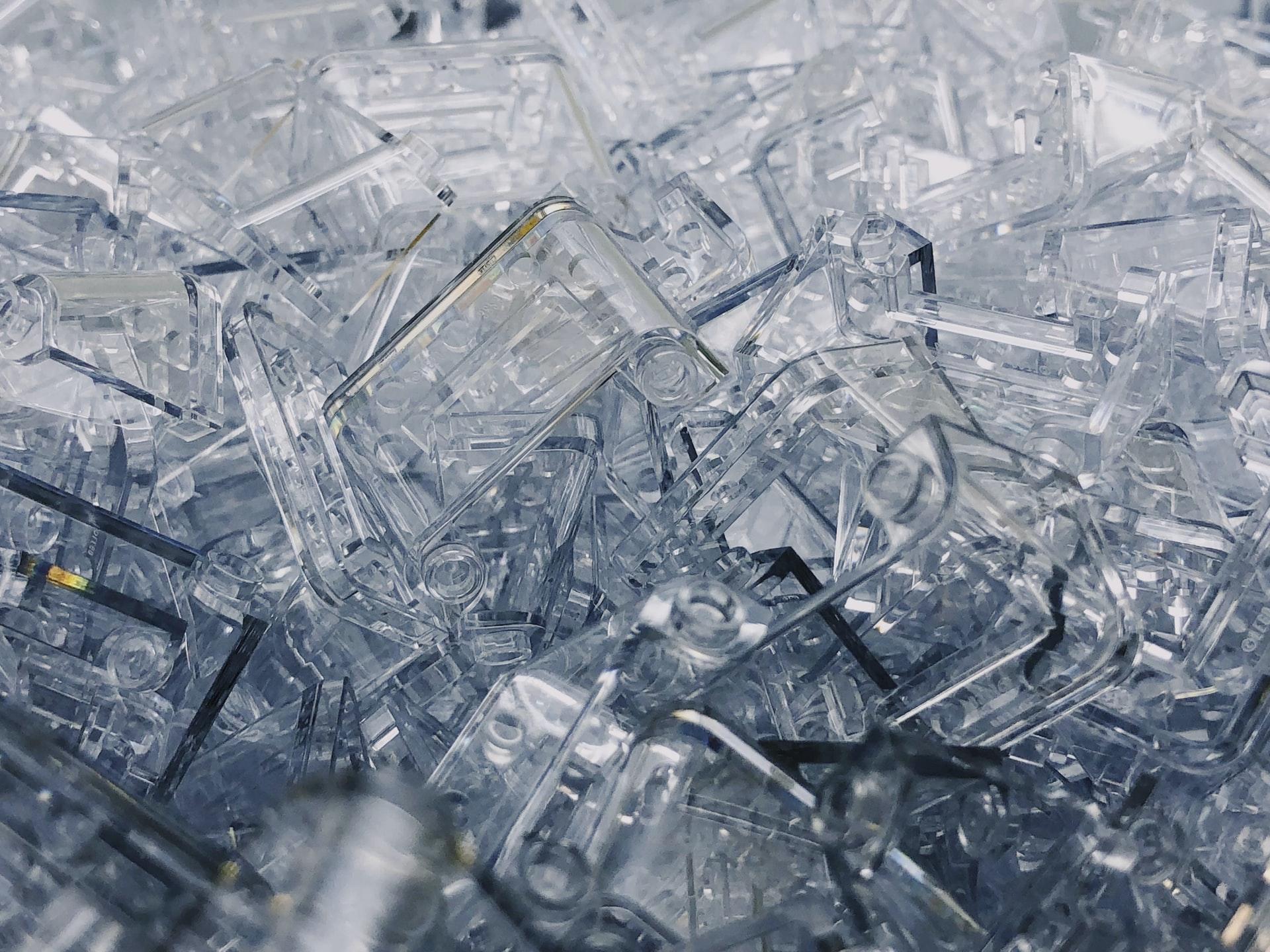In the movie series Alien, the Nostromo was the fateful spacecraft that carried the likes of Ellen Ripley light-years from Earth. One of the main themes in the Alien series is fear: imagine you’re exploring an unknown area of space when your tech suddenly fails you. You’re not just going to be feeling vulnerable. You’re going to be feeling dead. We’ve survived as a species primarily because of our technology. Still, tech that costs the Earth through lack of sustainability and increased global warming will leave us in the same predicament.
Thankfully, the Alien movies are fiction, but the latest vessel to bear that interplanetary vehicle’s name carries something far weightier: hope for a better planet in real life.
This particular Nostromo’s payload? Ice. Lots of ice.
Much like the cryogenic suspension systems touted in many a sci-fi movie, the Weyland-Yutani Corporation’s starfreighter namesake, Nostromo Energy, has developed a way to keep something alive at freezing temperatures. Instead of bodily functions, however, Nostromo’s solution stores energy.
Developed in Canada, the technology consists of plain water and a proprietary nucleate instead of chemical batteries to store energy. The system is based on encapsulated ice cells – IceBricks, Nostromo’s thermal energy storage (TES) product – that allow modular installation in commercial buildings and factories, storing and delivering power whenever needed.
The company says this type of cold energy storage can become a popular alternative to chemical batteries, polluting for both operational use and when disposed of. Nostromo says it can also help new and existing buildings to reduce their carbon footprint and help reduce global warming.
The idea has already gained a lot of interest.
On June 21, 2021, the company completed a merger with the Tel Aviv Stock Exchange (TASE) listed company Somoto, raising $13.6 million in the process.
And at the end of 2021, a $9.1M equity financing by Migdal Group, one of the largest financial groups in Israel, investing approximately $7 million, with another $2 million by Freepoint Commodities, a Stamford-based commodities and energy trading company, and developer of renewable energy projects.
Nostromo will use the proceeds of these investments to expand its business operations in the US market and expand its R&D, software, engineering, project management, production, Q&A, regulatory compliance, and US sales and marketing operations.
Over the last few years, we’ve witnessed lithium-ion-based energy storage systems’ rapid growth and deployment, sparking growing concerns about the serious environmental consequences and safety issues these batteries pose. More than ever, there’s a need to embrace and invest in safe, environmentally friendly, and efficient storage solutions that support the integration of renewable energy.
Air conditioning and cooling accounts for up to 40 percent of the total peak demand, according to a study conducted by the World Energy Agency (EIA). By 2050, the global market for electricity designated for cooling is expected to triple.
“Most energy storage systems today are designed to conduct a complete cycle (charge and discharge) daily, and the same applies to our technology,” CTO and Founder at Nostromo, Yaron Ben Nun, told me. “Effectively, our customers can charge up energy during off-peak hours, when electricity is cheap and clean. Our system then releases this energy later on, during peak grid load hours, usually between 16:00-21:00.”
Nostromo is ideal for data centers, office buildings, hotels, shopping centers, hospitals, factories, and other facilities that carry significant electricity demands for air conditioning and cooling. Other benefits from shifting electricity demand during peak hours for air conditioning include the buildings’ ability to meet additional energy demands, such as charging electric vehicles, without further investment in infrastructure. In addition, several Nostromo systems can scale up to multi-MWh capacity, forming a virtual power plant.
“The IceBrick enables the owner of the building to avoid exhaustively using their chiller system through these peak hours, which significantly reduces their electricity demand expenses and saves them around 30% on cooling costs,” Ben Nun said.
Nostromo’s anti-global warming energy technology has gained significant traction over two years. In April 2021, Nostromo announced a 20-year agreement with the prestigious Hilton Beverly Hills hotel to install a 1.5 MWh system (serving both the Hilton and the adjacent Waldorf Astoria). Nostromo also completed a memorandum of understanding with Westfield, one of the biggest owners and operators of large retail centers in the US, to install systems at its sites, and has active R&D projects with strategic players, such as energy giant Royal Dutch Shell, the Israeli Electric Company, and partnerships with leading US engineering companies.
That being said, ice energy storage solutions aren’t new.
“Commercial ice storage systems have been around for at least 60 years, but the current technology relies on aging, obsolete technology aptly named ‘ice on coil,'” Ben Nun said. “This method utilizes large water tanks with coils that run inside them. These ‘tank farms’ are inefficient and demand a lot of space in lucrative real estate to operate, which has dissuaded the commercial sector.”
And how does a TES such as Nostromo’s IceBrick technology compare to the age-old lithium-ion energy storage solutions?
“The lithium-mining process harms the soil and contaminates the water,” Ben Nun said. “The batteries heavily degrade over time, and when it comes to commercial buildings, the process bears huge safety issues. Then there is the end-of-life cycle, where industry still lacks the legitimate means for recycling such batteries and protecting the environment. Now more than ever, there’s a need to embrace and invest in safe, environmentally-friendly, and efficient storage technologies that support the integration of renewable energy.”
So, what’s next for Nostromo?
“Our vision moving forward is to continue integrating our technology, and in turn demonstrating that transforming commercial buildings which currently exist as a burden on the grid, into clean grid-interactive energy assets,” Ben Nun said. “We have the technology to turn almost every building into a battery, and a safe one, too. That could accelerate dramatically our ability to address the great challenges we have in front of us.”


